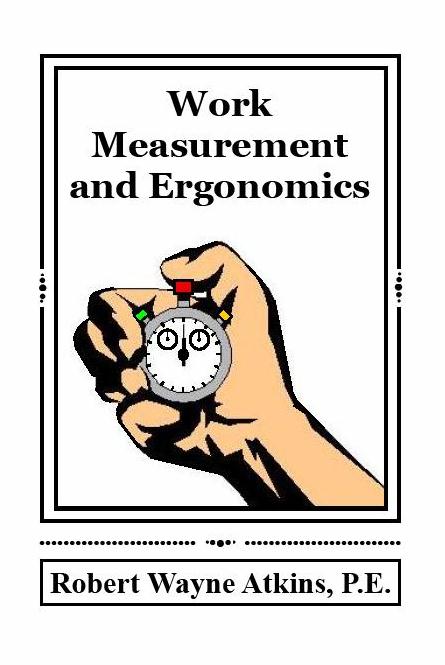| Chapter | | Page |
| 1 | Introduction | 1 |
| 2 | History of Work Measurement | 3 |
| 3 | Charting Symbols | 9 |
| 4 | Operation Process Charts | 13 |
| 5 | Flow Process Charts and Flow Diagrams | 17 |
| 6 | Left Hand - Right Hand Charts | 27 |
| 7 | Multiple Activity Charts | 31 |
| 8 | The Normal Distribution and the Poisson Distribution | 35 |
| 9 | Quality Standards and Continuous Improvement | 47 |
| 10 | Learning Curves | 51 |
| 11 | Job Analysis and Data Collection Techniques | 67 |
| 12 | Anthropology and Anthropometry | 75 |
| 13 | Human Factors Engineering and Ergonomics | 77 |
| 14 | Motion Study and Therbligs | 81 |
| 15 | Motion Economy Principles | 85 |
| 16 | Element Analysis | 95 |
| 17 | Personal, Fatigue, and Delay Allowances | 99 |
| 18 | Work Measurement and Engineered Standards | 113 |
| 19 | Performance Rating, Pace/Speed Rating Systems | 123 |
| 20 | The Best Pace/Speed Rating System & 100% Performance | 137 |
| 21 | Time Study | 151 |
| 22 | Work Sampling | 175 |
| 23 | Predetermined Motion Time Systems (PMTS) | 181 |
| 24 | Walter G. Holmes’ Predetermined Motion Time System | 191 |
| 25 | Methods-Time Measurement (MTM) | 211 |
| 26 | Maynard Operation Sequence Technique (MOST) | 235 |
| 27 | Basic Engineered Standard Times for a Few Activities | 239 |
| 28 | Quotas and Engineered Standard Times for New Jobs | 245 |
| 29 | Minimum Sample Size | 253 |
| 30 | Total Product Cost | 257 |
| 31 | Productivity: How to Measure It and How to Improve It | 263 |
| 32 | Computer Hardware and Computer Software | 267 |
| | Appendix: Reference Tables | 269 |
| | Index | 281 |
| | About the Author | 284 |








































